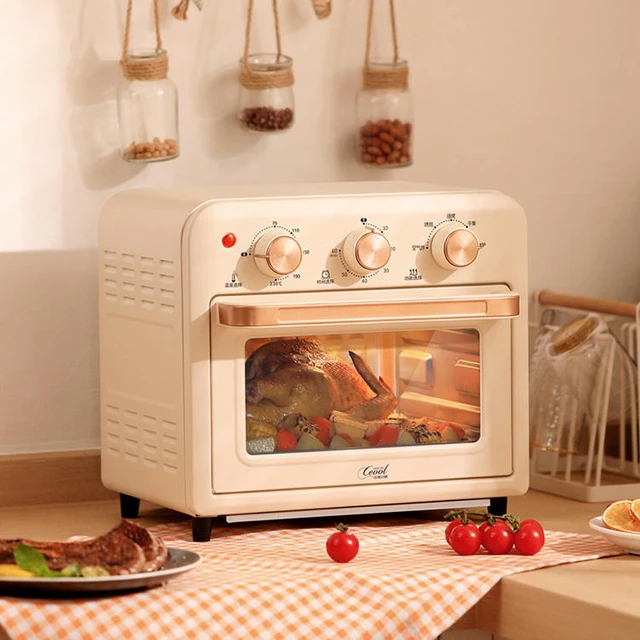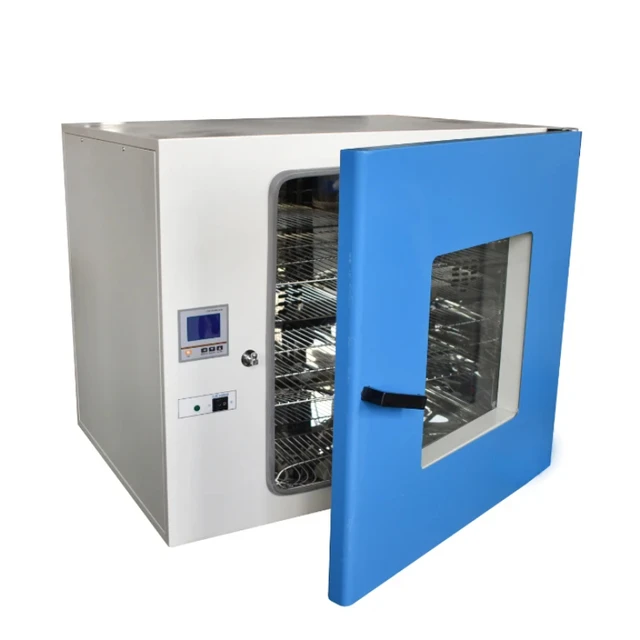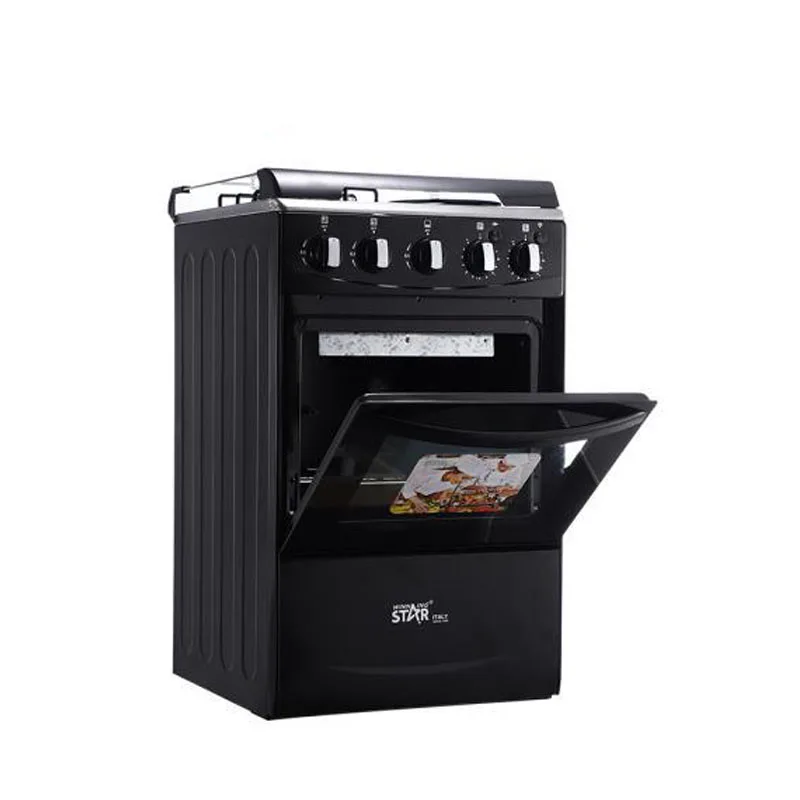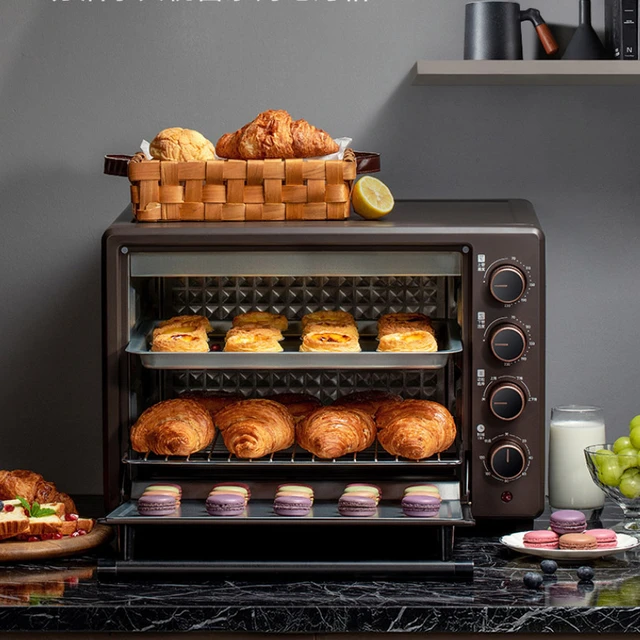Introduction:
Using an oven properly is essential for achieving successful cooking outcomes and ensuring safety in the kitchen. Ovens are versatile appliances that can bake, roast, and heat food, but understanding the correct techniques and following safety guidelines is crucial. In this article, we will explore the proper way to use an oven, discussing essential steps such as preheating, rack placement, temperature control, and safety considerations. By following these guidelines, users can optimize their oven usage and enjoy delicious meals while maintaining a safe cooking environment.

What is the proper way to use an oven?
Preheating the Oven:
a. Importance of Preheating: Preheating the oven is a crucial step before cooking. It allows the oven to reach the desired cooking temperature, ensuring consistent and even cooking results.
b. Temperature Selection: Set the oven to the recommended cooking temperature stated in the recipe. Preheating time may vary depending on the oven type and size. Electric ovens generally require more time to preheat compared to gas ovens.
c. Preheating Duration: Allow the oven to preheat for the recommended time specified in the oven manual or recipe instructions. This ensures that the oven reaches the desired temperature before placing the food inside.
Rack Placement:
a. Proper Rack Positioning: Correct rack placement is important for optimal heat distribution and even cooking. Many ovens come with multiple rack positions to accommodate different cooking needs.
b. Middle Rack Placement: For most recipes, placing the rack in the middle position is ideal. This allows for balanced heat exposure and prevents overcooking or undercooking due to proximity to the heating elements.
c. Adjusting Rack Placement: Depending on the recipe or cooking technique, rack placement may need to be adjusted. For example, when broiling, the rack should be positioned closer to the heating element, while when baking delicate items, the rack may need to be placed lower to prevent excessive browning.
Temperature Control:
a. Oven Thermostat: Familiarize yourself with the oven’s thermostat and temperature controls. The thermostat regulates and maintains the desired cooking temperature throughout the cooking process.
b. Oven Thermometers: To ensure accuracy, consider using an oven thermometer to verify the actual temperature inside the oven. This can help compensate for any variations or inconsistencies in oven temperature.
c. Temperature Adjustments: If necessary, make small adjustments to the oven temperature based on your experience with the oven and recipe outcomes. Keep in mind that opening the oven door frequently can lead to heat loss and affect cooking times.

Using Oven Features:
a. Convection Mode: If your oven has a convection mode, consider using it for certain recipes. Convection mode utilizes a fan to circulate hot air, resulting in faster and more even cooking. Adjust cooking times and temperatures as needed when using this feature.
b. Broiling: Broiling is a cooking technique in which the food is placed close to the heating element to achieve a seared or browned surface. Use the broil setting in your oven and monitor the food closely to prevent burning.
c. Baking with Upper or Lower Heating Elements: Some ovens allow you to select whether to use the upper or lower heating elements. This feature is useful when you want more heat from a specific direction, such as browning the top of a dish or crisping the bottom of pizza crust.
Monitoring Cooking Progress:
a. Regular Observation: Keep an eye on the food during the cooking process. Monitor its color, texture, and cooking time. This helps prevent overcooking or undercooking and allows you to make adjustments if necessary.
b. Oven Light: Utilize the oven light to check on the food without opening the oven door. This helps maintain a consistent cooking temperature and prevents heat loss.
c. Rotating the Food: For even cooking, consider rotating the food halfway through the cooking time. This ensures that all sides receive equal heat exposure.

Safety Considerations:
a. Oven Mitts: Always use oven mitts or heat-resistant gloves when handling hot cookware, touching oven surfaces, or removing food from the oven. This prevents burns and injuries.
b. Oven Door: Avoid opening the oven door unnecessarily during cooking. Opening the door frequently can cause heat loss, affecting cooking times and temperature consistency.
c. Ventilation: Ensure proper ventilation in the kitchen when using the oven, especially if it operates on gas or has self-cleaning functions. Adequate ventilation helps remove excess heat, steam, and potentially harmful gases.
d. Cleaning and Maintenance: Regularly clean and maintain the oven to ensure optimal performance and safety. Remove grease, food debris, and other build-up from oven surfaces to prevent the risk of fire or compromised heat transfer.
Resting Period:
a. Resting Cooked Food: After removing food from the oven, allow it to rest before serving. This allows the food’s juices to redistribute and helps complete the cooking process, resulting in more tender and flavorful dishes.
Proper Oven Shutdown:
a. Turning off the Oven: Once you have finished cooking, turn off the oven and ensure that all burners or heating elements are switched off. This prevents accidental burns and conserves energy.
Cleaning the Oven:
a. Post-Cooking Cleaning: After the oven has cooled down, clean it following the manufacturer’s instructions. Use appropriate cleaning products and methods to remove any food residue or spills.
b. Regular Maintenance: Regularly perform maintenance tasks such as replacing oven seals, checking and cleaning ventilation openings, and ensuring proper functioning of oven controls. This helps prolong the life of the oven and ensures safe operation.

Recipe and Cooking Time Considerations:
a. Recipe Instructions: Follow the recipe instructions carefully, including any specific recommendations for oven usage. Different recipes may require adjustments in temperature, rack placement, or cooking time to achieve the desired results.
b. Cooking Time Variations: Keep in mind that cooking times can vary depending on factors such as the size and thickness of the food, the type of cookware used, and the oven’s individual characteristics. Periodically check the food’s progress and adjust cooking time as necessary.
c. Using Timer Functions: Utilize the timer function on the oven or external kitchen timers to keep track of cooking times. This helps prevent overcooking or undercooking and allows you to attend to other tasks while the food cooks.
d. Testing for Doneness: Use appropriate methods to test for doneness, such as inserting a toothpick into baked goods to check for moist crumbs or using a meat thermometer to verify the internal temperature of meat and poultry.
Specialty Cooking Techniques:
a. Roasting: When roasting, use a roasting pan or a baking sheet with raised edges to collect drippings. Consider using a roasting rack to elevate the food, allowing hot air to circulate underneath and promote even browning.
b. Baking: When baking, use the appropriate bakeware such as cake pans, cookie sheets, or muffin tins. Follow the recommended size and type of pan specified in the recipe to ensure proper heat distribution.
c. Broiling: When broiling, use oven-safe broiler pans or baking sheets lined with aluminum foil to catch any drippings. Adjust the rack placement to ensure the food is close enough to the heating element for the desired browning without burning.
d. High-Temperature Cooking: Some recipes require high-temperature cooking. Ensure that the oven and cookware are suitable for high-heat use to prevent damage or safety risks. Follow the recipe instructions and oven guidelines for safe high-temperature cooking.

Conclusion:
Properly using an oven involves preheating the oven to the correct temperature, adjusting rack placement for optimal heat distribution, and utilizing oven features appropriately. Monitoring the cooking progress, practicing safety measures, and following proper oven shutdown and cleaning procedures are essential. By understanding the correct techniques and safety considerations, users can enjoy the benefits of their ovens while achieving delicious and well-cooked meals.

